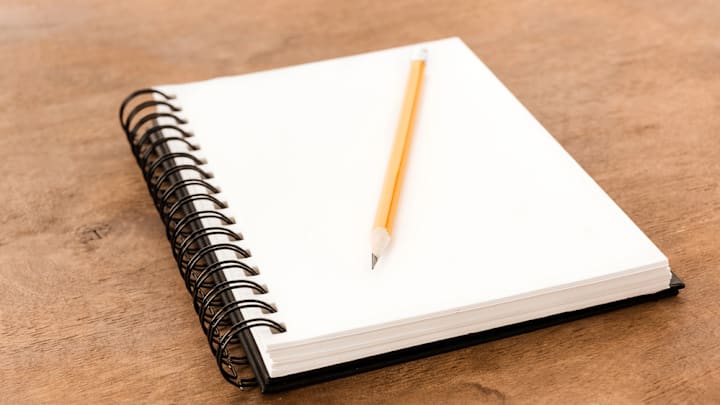The Notebook Method That Changed My Learning Style

I used to think I had a memory problem. You know the feeling—reading an entire article, watching a video tutorial, or sitting through a lecture only to realize ten minutes later that you couldn’t recall a single important detail. My study methods were chaotic at best. Random sticky notes. Half-filled Google Docs. Brain dumps scribbled on the back of receipts. But then, I stumbled into something so simple it felt criminal: an old-school notebook.
Yes, a plain, lined notebook. And no, this isn’t one of those productivity guru rants about going analog for the aesthetic. This was survival. I needed something that stuck.
What began as a way to keep track of new ideas quickly turned into a personal knowledge vault. The transformation wasn’t immediate. At first, it was awkward. I didn’t know how to structure the pages. I was copying too much. Writing like I was transcribing instead of learning. But then something clicked. I began doing something I now call The Notebook Method, and it didn’t just improve my retention—it rewired how I approached learning entirely.
The Setup Ritual
I started by turning the notebook into a living, breathing system. The first page became my Table of Curiosity—a rough list of all the questions that fascinated me that month. Not goals. Not topics I was told to learn. Just things that genuinely lit my brain on fire.
Each new question or concept got its own page. I left the top third blank, wrote the date, then jotted down whatever I could learn in the moment. The middle section was for main ideas. The bottom? Reserved for "weird connections"—thoughts, patterns, or “aha!” moments that popped up unexpectedly. That was where the gold lived.
Writing to Remember, Not to Record
The magic of The Notebook Method is that it forced me to stop being a passive consumer of content. Writing slowed me down just enough to engage. I had to translate what I was learning into my own language, like explaining it to a future version of myself who’d forgotten everything.
And something wild started happening. I’d close the book and still remember the idea. Not the quote. Not the source. The idea.
That’s when I knew this wasn’t just about note-taking. This was about becoming a better thinker.
The Revisit Loop
Every Sunday night, I revisit five random pages. That’s it. No marathon review sessions. Just five pages. Sometimes I underline a sentence. Other times I add something new. It’s like leaving breadcrumbs for my future brain. These little reactivations work better than rereading chapters or watching the same video again.
Over time, those pages became more than just a log of facts. They told the story of how my brain evolved.
Forget the Rules, Keep the Ritual
If there’s one thing I’ve learned, it’s that methods are personal. Your notebook might look nothing like mine. It might be chaotic, minimalist, or even doodle-heavy. Doesn’t matter. What matters is the ritual. That moment you sit down, pen in hand, and engage with your mind like it’s the most interesting person you know.
You don’t need fancy apps or neuro-hacks. You need a tool that reflects your curiosity back at you. For me, that’s this beat-up notebook with coffee stains and ink smudges.
Funny how something so analog turned out to be the sharpest upgrade to my digital brain.